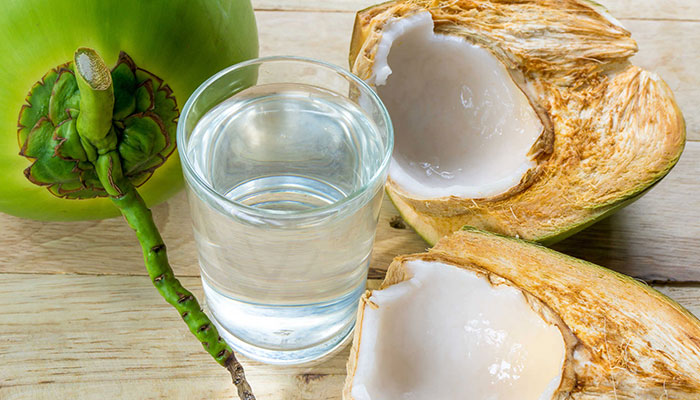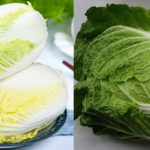Preserving Chinese Sausage: A Traditional Delicacy
Just like the Vietnamese, the Chinese community in Vietnam celebrates Tet, the Lunar New Year, with ancestral offerings. One of the signature dishes on their altar is Chinese sausage, symbolizing a connection to their roots and a wish for happiness and prosperity. Chinese sausage, with its resemblance to a string of red envelopes, is believed to bring good fortune and wealth.
Chinese sausage is also a practical choice for the lengthy festive season as it has a long shelf life and can be enjoyed over several days. However, improper storage can lead to spoilage within a few days. So, read on to discover effective ways to preserve this delicacy.
1. What is Chinese Sausage?
Chinese sausage, also known as “lap xuong” in Vietnam, originated in China and was later introduced to Vietnam. It is made from a combination of pork, pork fat, sugar, salt, a touch of rice wine, and various spices. These ingredients are stuffed into dry pork casings and naturally fermented to achieve a distinctive flavor.
While traditional Chinese sausage is made with pork, modern variations include shrimp and beef, offering a diverse range of flavors.
2. Distinguishing Fresh and Dried Chinese Sausage
Chinese sausage typically comes in two varieties: fresh and dried. Fresh Chinese sausage is usually short, about the length of a finger, and is sold in sealed bags or tied into long strings. It has a reddish-pink color, speckled with peppercorns, and is marinated in a special rice wine.
Dried Chinese sausage, on the other hand, comes in various shapes and sizes, ranging from a gang hand’s length to shorter pieces. It tends to have a dull red color, and the meat is not as translucent as its fresh counterpart.
See also: Guide to Distinguishing Fresh and Dried Chinese Sausage

3. Preservation Techniques
The preservation methods differ for fresh and dried Chinese sausage.
For Fresh Chinese Sausage:
Place the sausage in an airtight container or wrap it in absorbent paper before putting it in a sealed plastic bag. Store it in the refrigerator to maintain freshness for up to 15 days. If you opt for the freezer, it will last even longer.
You can also hang the sausage in a dry place or in the refrigerator, where it will keep for about a month. For extended preservation, try this trick: place the sausage in a large pot and cover it with fresh coconut water, heating it over low heat until the liquid evaporates. Once cooled, transfer the sausage to the refrigerator, where it will stay fresh for two to six months.
See also: Creative Ways to Use Chinese Sausage

For Dried Chinese Sausage:
Spray the sausage with white wine and store it in a sealed jar. This method will keep the sausage edible for up to six months without compromising its flavor.
Alternatively, place the sausage in a container with a glass of white wine to repel insects. Remember to change the wine occasionally. Another option is to hang the sausage in a sealed plastic bag in a well-ventilated area, preferably with sunlight. The sausage will last longer with this method.
If you have leftover dried sausage, store it in the freezer, not the refrigerator, as the latter’s humidity can cause mold.

Chinese sausage holds cultural significance for both the Vietnamese and Chinese communities in Vietnam, symbolizing hopes for a prosperous new year. Now that you understand the importance of this delicacy, you can ensure its longevity with these effective preservation techniques, keeping it tasty for your festive celebrations.
Discover the Incredible Benefits of Soaking Garlic in Wine
Discover the benefits of garlic wine with GREEN ELECTRICAL! Garlic has many substances that are beneficial for your health, and soaking it in wine can help to strengthen your body's resistance to disease. Come with us as we explore how to soak garlic wine and how it can be used to improve your overall wellbeing.






































